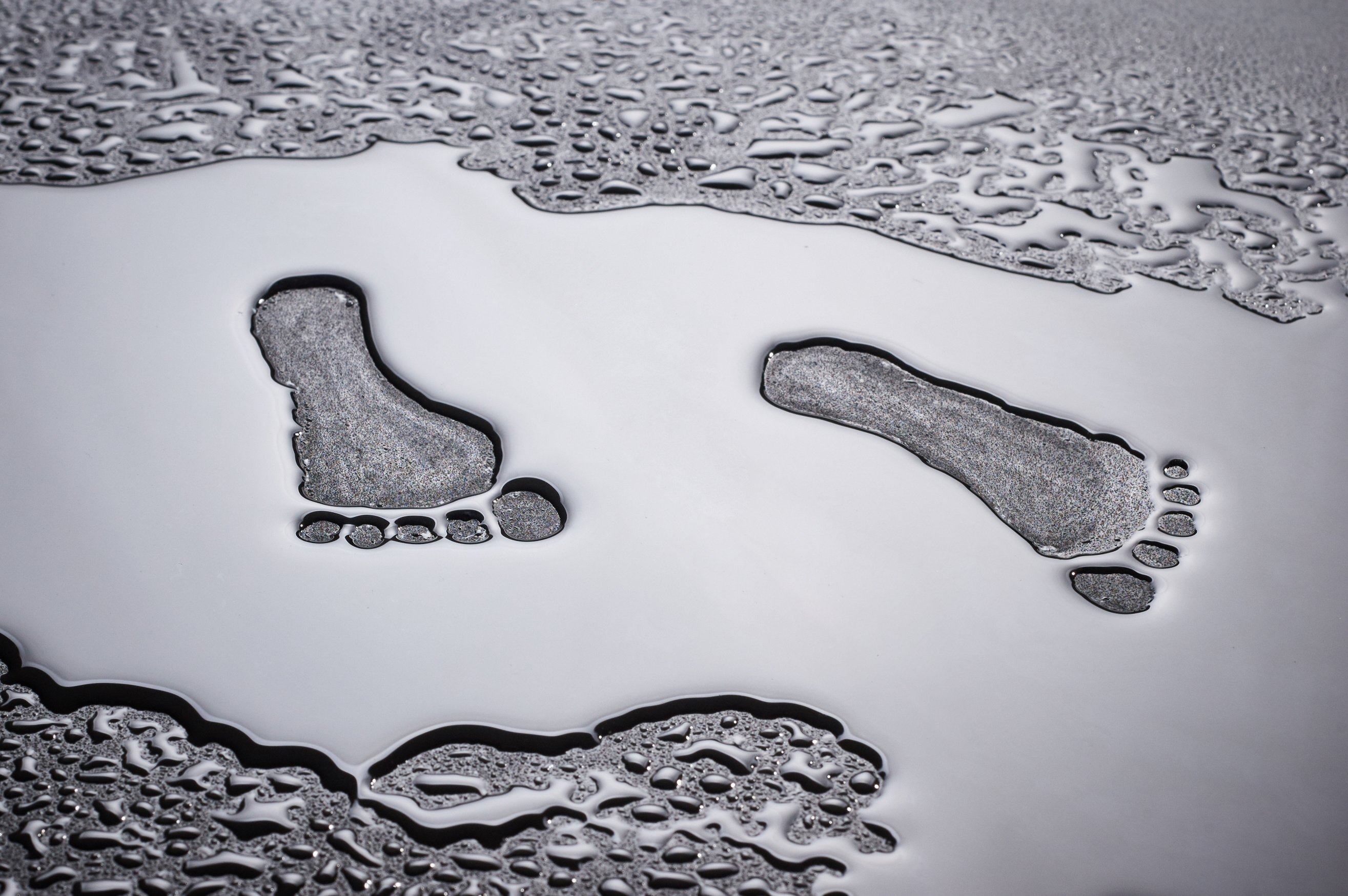
Understanding the impact of our water footprint
We improve upon past efforts by using estimates of blue water footprints (consumptive use of ground- and surface water flows) rather than water withdrawals, accounting for the flows needed to sustain critical ecological functions and by considering monthly rather than annual values. We analyzed 405 river basins for the period 1996-2005.
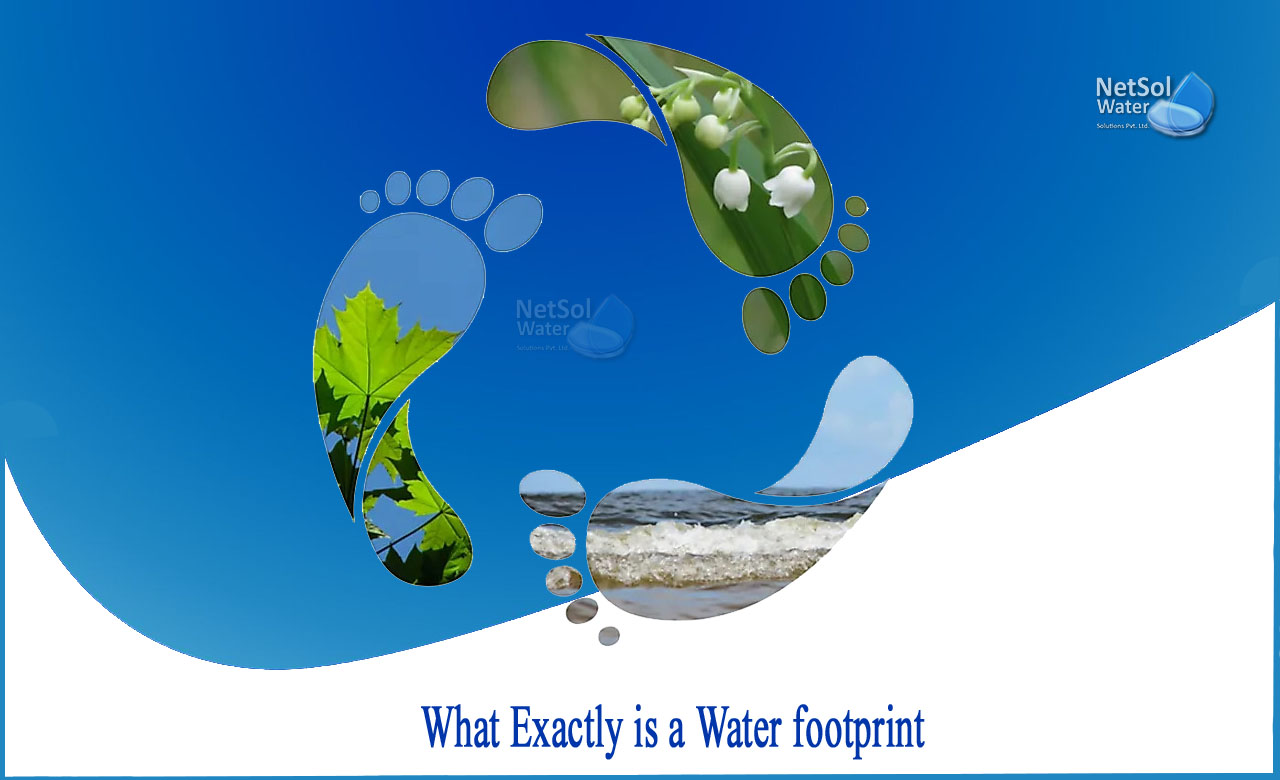
What exactly is a Water footprint Netsol Water
Increasing pressure on the world's freshwater resources raises serious concerns about global food security and the sustainability of water use in agriculture. Here we quantify and map at a 5-arcmin spatial resolution the blue water footprint of each country's national consumption and where they infringe sustainable environmental flows as defined by the presumptive environmental flow.

Water Footprint How Much Water it Takes to Make Things Sustainable Warriors
Blue water footprint refers to the amount of fresh surface or groundwater used to produce a product or service. This can include water used in irrigation, manufacturing, or other processes. It is an important consideration in sustainable resource management and understanding the environmental impact of human activities.
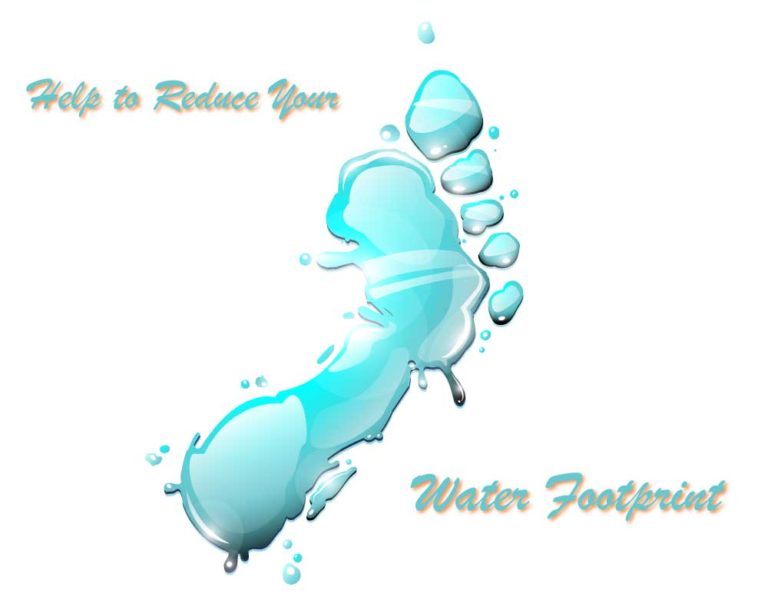
How to Help the Environment by Reducing Your Water Footprint
Blue water footprint Blue water footprint impact index Blue water scarcity Business water footprint Corporate water footprint Critical load Crop water requirement Crop yield Dilution factor Direct water footprint Effective precipitation End-use water footprint of a product Environmental flow requirements Environmental green water requirement
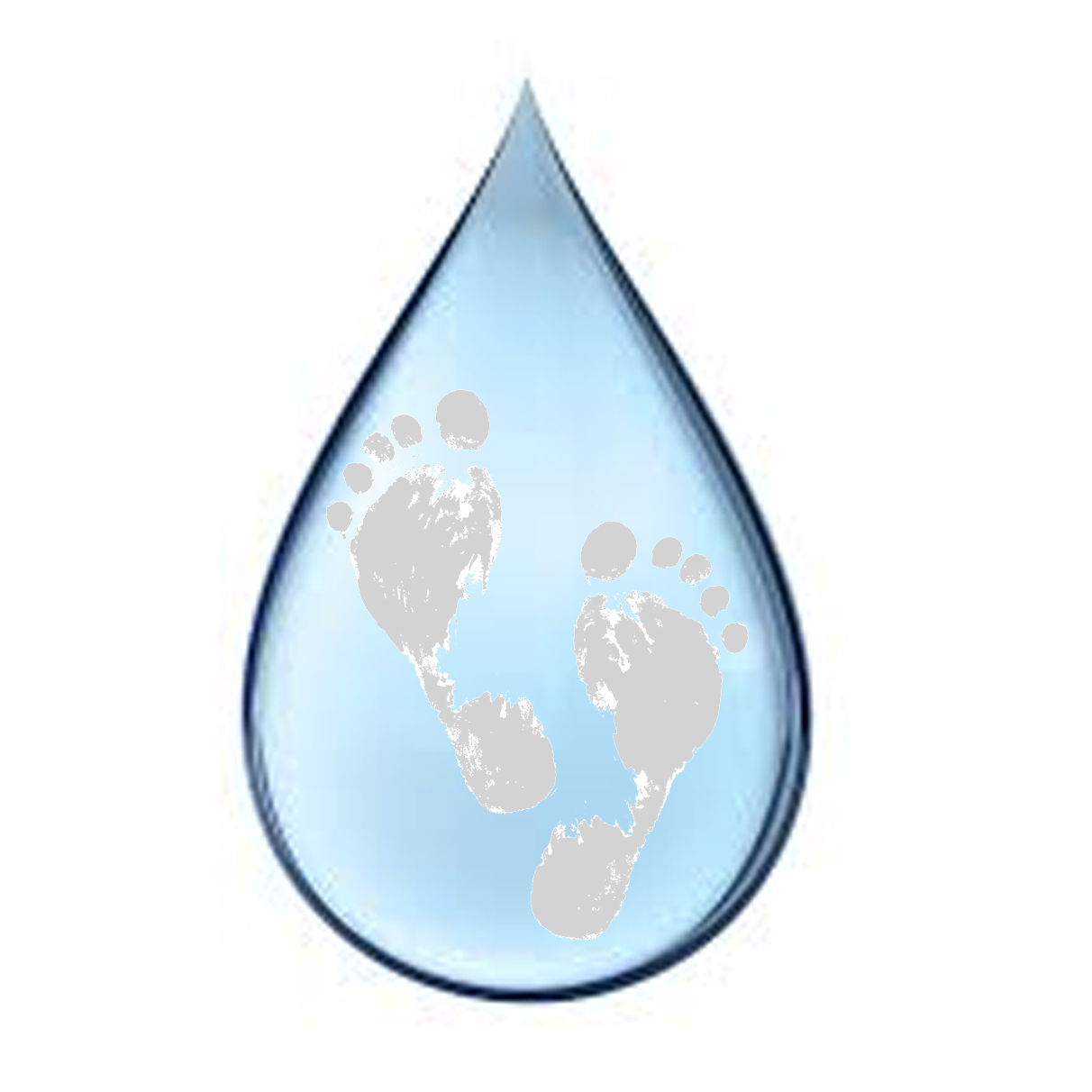
The Water Footprint Mama Earth Talk
Blue Water Footprint: The amount of surface water and groundwater required (evaporated or used directly) to produce an item. Green Water Footprint: The amount of rainwater required (evaporated or used directly) to make an item.

Water Footprint Royalty Free Stock Image Image 7263386
Water Footprint Assessment is a four-phase process that quantifies and maps green, blue and grey water footprints, assesses the sustainability, efficiency and equitability of water use and identifies which strategic actions should be prioritised in order to make a footprint sustainable.
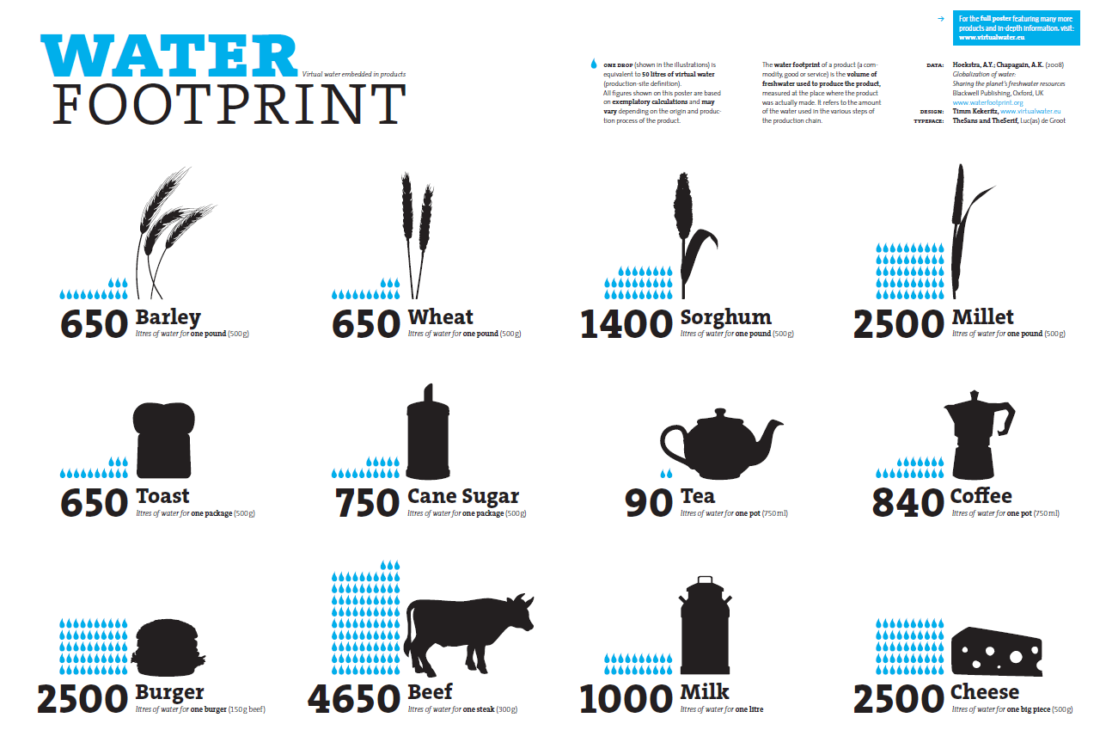
Water Footprint Network Using the Water Footprint Concept to Promote Sustainable, Fair, and
In this equation, blue water scarcity (WS blue) is defined as the size of the human blue water footprint in a catchment x at time t divided by the blue water produced by nature (R nat) less the environmental flow requirement (EFR) in catchment x at time t. What this means is that a blue water scarcity value of 1 or 100% represents blue water.

Was ist ein Wasserfußabdruck? WorldAtlas
Abstract The development of 'greening' cities introduces an uneasy tension between more green spaces and the increased use of scarce blue water resources to maintain this greenness, particularly in dry regions. This paper presents the first estimate of the blue water footprint (WF) of urban greenery.

Beyond the Water Cycle Teaching About Water Footprints
The blue water footprint (BWF) refers to the volume of consumptive freshwater use for irrigation that comes from surface water and groundwater. Blue water availability is taken from FAO (2015) and refers to the total renewable amount (internal and external resources), which is the long-term average annual flow of rivers (surface water) and.

The water footprint Environmental Footprint
Blue water footprint refers to the volume of fresh surface and groundwater that has been evaporated or incorporated into a product. Blue water footprint is unsustainable when it exceeds the available renewable blue water, thereby violating the environmental flow standard and depleting groundwater. Jägermeyr et al. (Jägermeyr et al., 2017.
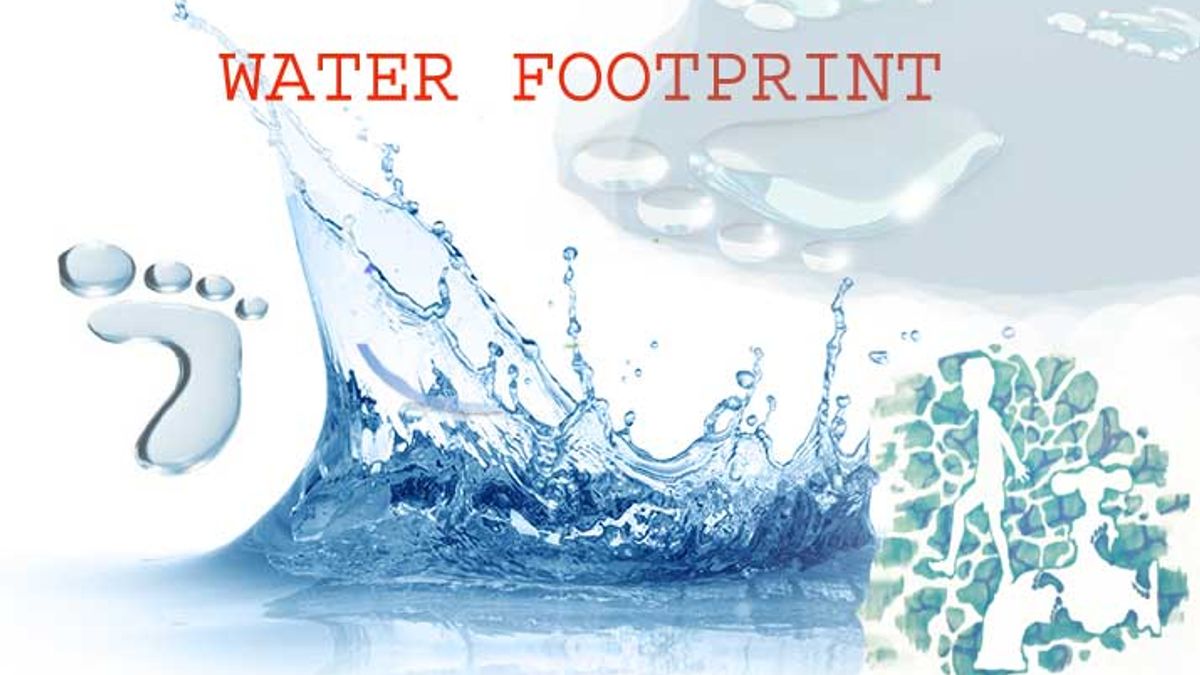
What is Water footprint?
Blue water footprint is water that has been sourced from surface or groundwater resources and is either evaporated, incorporated into a product or taken from one body of water and returned to another, or returned at a different time. Irrigated agriculture, industry and domestic water use can each have a blue water footprint.

Research duo maps worldwide water footprint with high spatial resolution
Water plays a central role in supporting agriculture, with food production responsible for ~90% of humanity's consumptive water footprint 1, 2. Accurately assessing demands for freshwater.
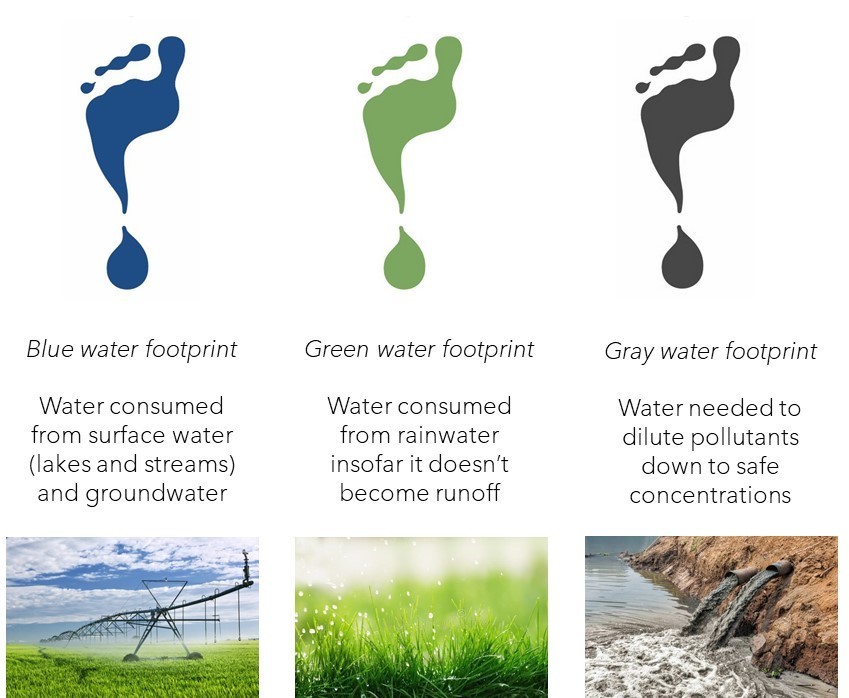
Promoting water sustainability of financial… Green Economy Coalition
The blue water footprint is defined as the consumption of water originating in blue water resources such as surface- and groundwater. From: Assessing and Measuring Environmental Impact and Sustainability, 2015 View all Topics Add to Mendeley About this page Overview of environmental footprints Lidija Čuček,.
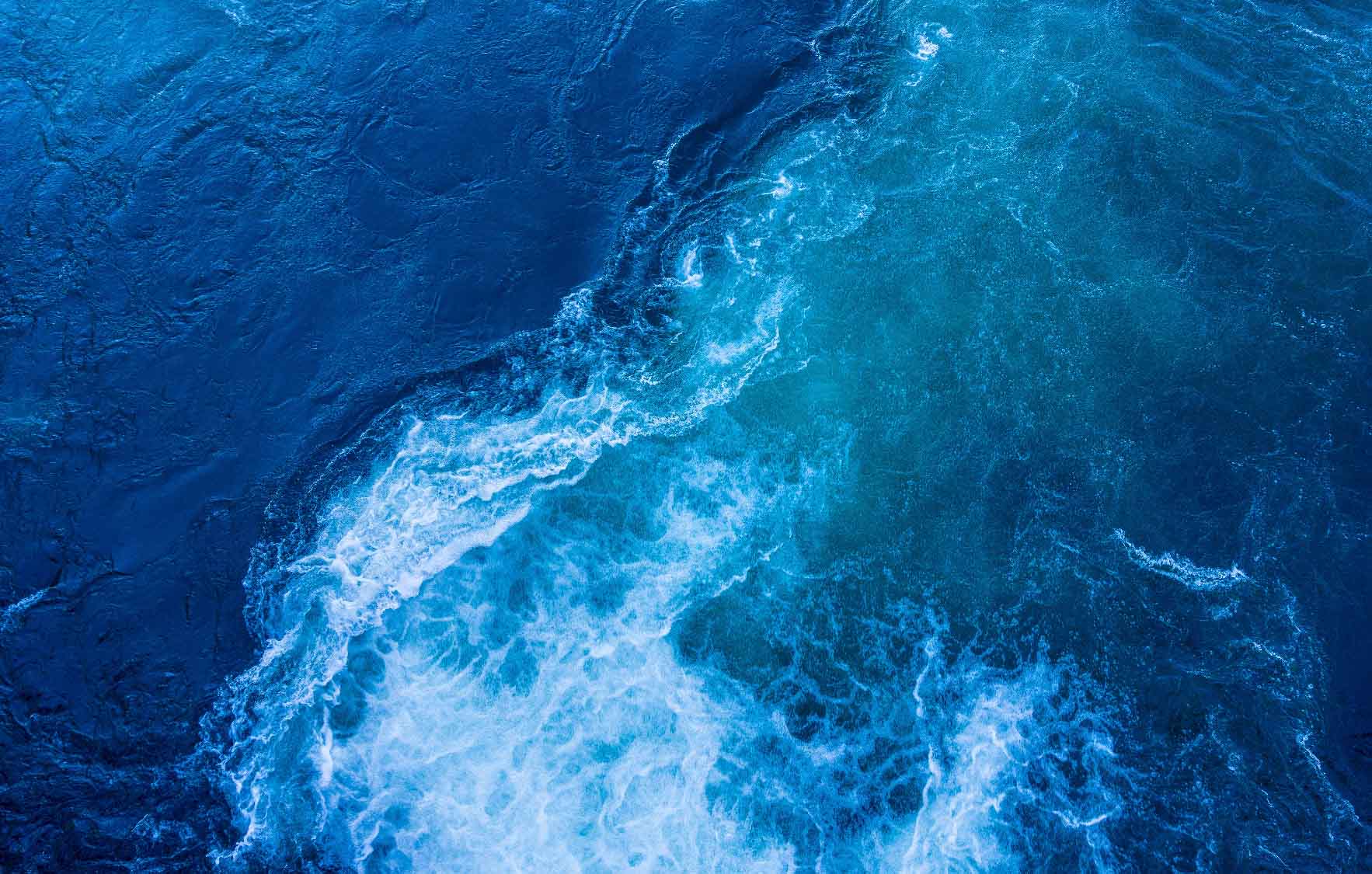
What Is a Water Footprint? Sphera
We find that 52% of the blue water footprint of global consumption and 43% of international blue virtual water flows come from places where the sustainable environmental flow is violated. About 22.

What Is a Water Footprint? Water Footprints Explained FigBytes
Blue water footprint and blue water availability are expressed in mm/month. For each month of the year we consider the ten-year average for the period 1996-2005 to incorporate climate variability, while acknowledging that averaging can obscure inter-annual variability in scarcity. Average monthly blue water footprints per river basin for the
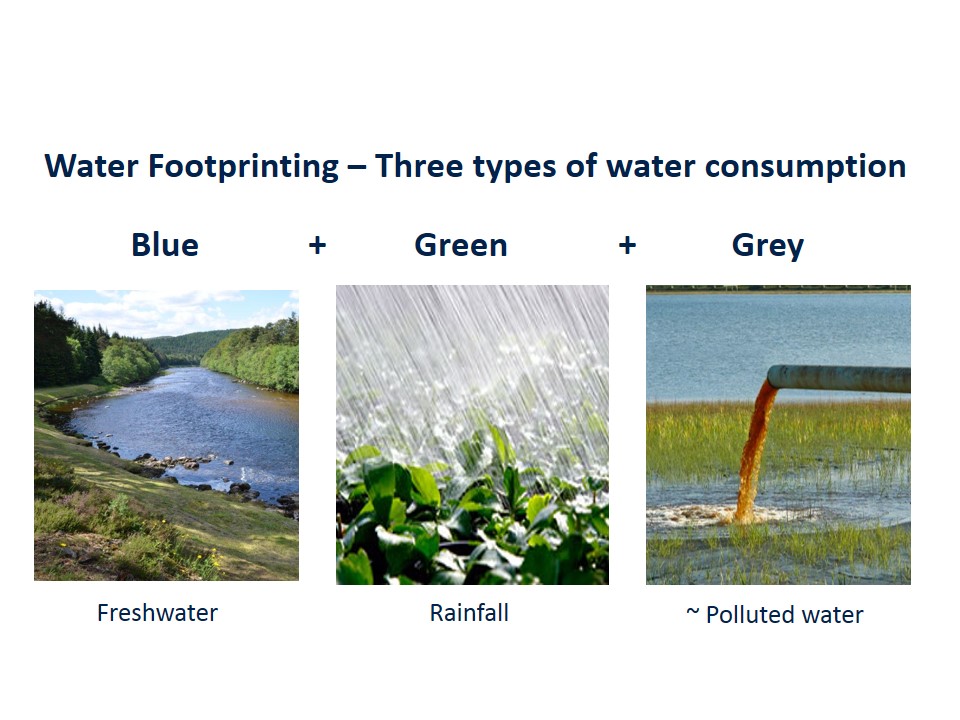
New Water Footprint Standard Published ISO 14046 Circular Ecology
Here we quantify and map at a 5-arcmin spatial resolution the blue water footprint of each country's national consumption and where they infringe sustainable environmental flows as defined by the.